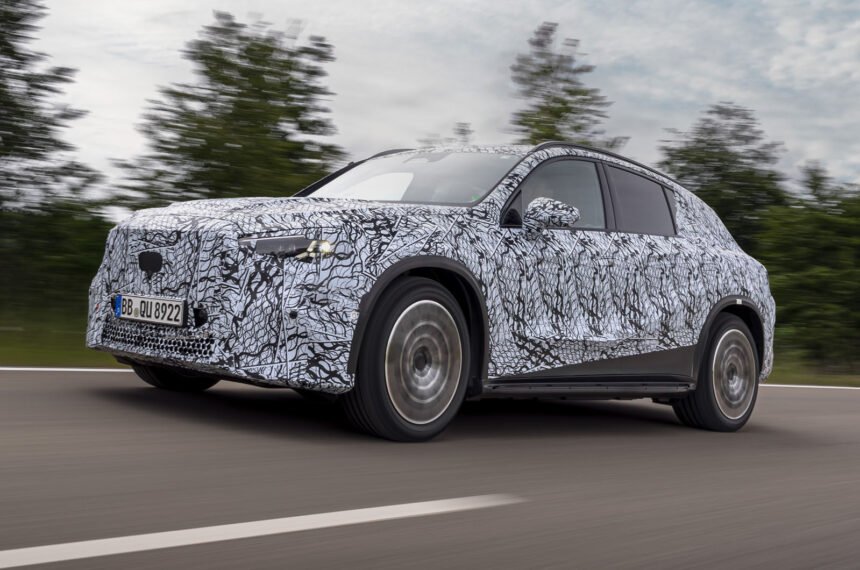The Mercedes GLC EV: A New Era of Efficiency
Mercedes has taken a significant step forward in the world of electric vehicles with the introduction of the GLC EV. Efficiency is at the forefront of this new model, with the integration of a new heat pump that is not only more effective than current systems but also more compact.
This advancement has allowed Mercedes to incorporate a 100-litre frunk in addition to a 560-litre rear boot, providing the GLC EV with even greater luggage space than its internal combustion engine counterpart.
In addition to the improved heat pump, Mercedes has also developed a groundbreaking brake energy recuperation system known as One Box. This system decouples the brake pedal from the physical braking system, allowing computers to calculate the optimal balance between regenerative braking and traditional braking methods for maximum efficiency.
Dominik Voogdt, head of overall vehicle engineering for the GLC EV, praises the new braking system as a “game-changer” for overall efficiency.
The Galtispuoda Pass: A Test of Performance and Precision

My first drive of the GLC EV takes me to the challenging Galtispuoda mountain pass near Arjeplog in Sweden. This treacherous mountain road, with its mix of steep inclines, sharp descents, and unpredictable snow and ice-covered surfaces, puts the car’s capabilities to the test.
While the prototype’s interior design remains under wraps, it is clear that Mercedes has made significant changes to differentiate it from the ICE GLC models. A new pillar-to-pillar display panel and the introduction of the MB.OS operating system hint at a modern and tech-savvy interior.
The driving experience is classic Mercedes, with a focus on comfort and attention to detail. The spacious cabin, thanks to the longer wheelbase of the EV platform, offers ample legroom and a sense of luxury for passengers.







